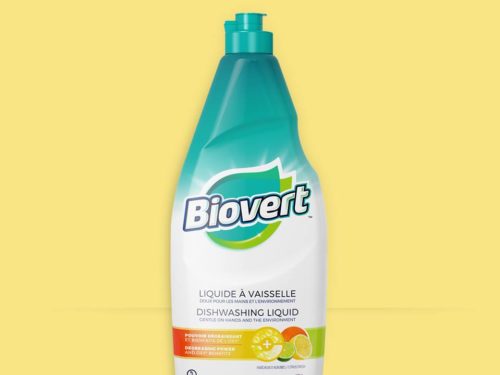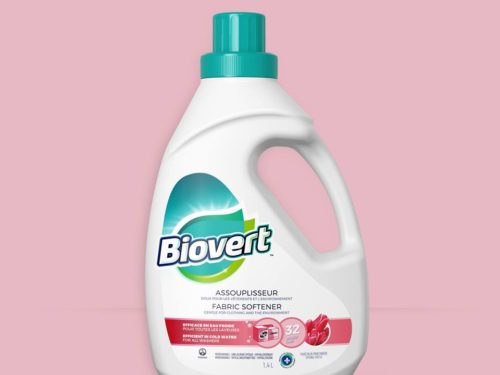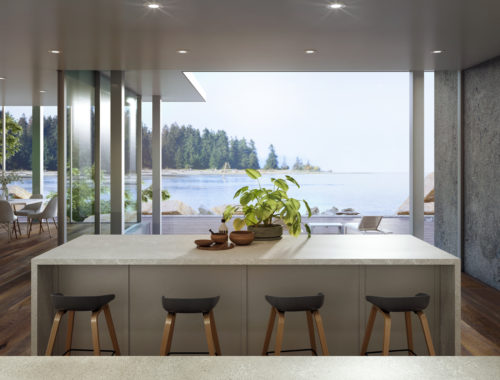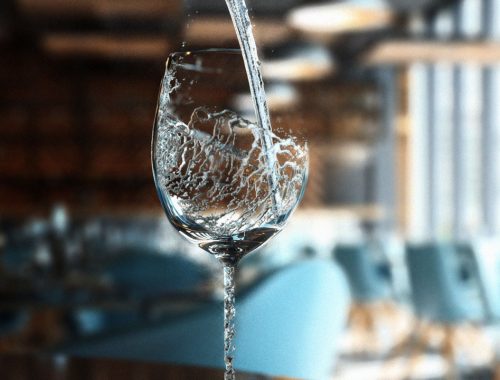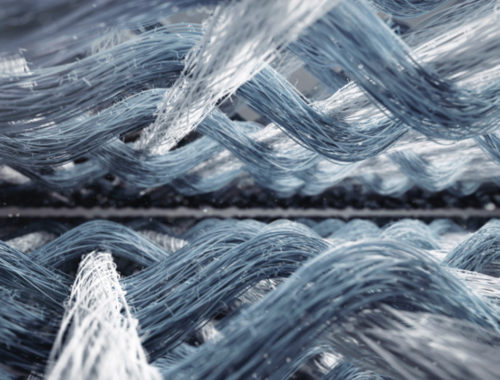Filed under: Communication / Marketing, Making-of, Photorealism, Publicity.
3D imaging is an effective way of meeting many marketing objectives without over-complicating things. But better yet, it makes it much easier to create images of reflective objects, which aren’t always as simple to photograph without ending up with visual flaws.
Regardless of the industry you work in, whether it’s furnishings, industrial equipment, finishes or materials, the challenge remains the same when it comes to showcasing reflective objects.
DOING JUSTICE TO OBJECTS
Photographing reflective objects, and managing to do them justice, is a massive challenge for photographers. And once the photos have been taken in the studio, there is a very limited amount of retouching you can perform that will truly do justice the object in terms of how it actually exists in space.
THE LIMITATIONS OF A PHOTO STUDIO
You also need to have a photo studio at hand where you can easily move around large objects – which are also sometimes very heavy – such as a stone sink, ceramic bathtub, built-in barbecue, a piece of industrial equipment, and the list goes on.
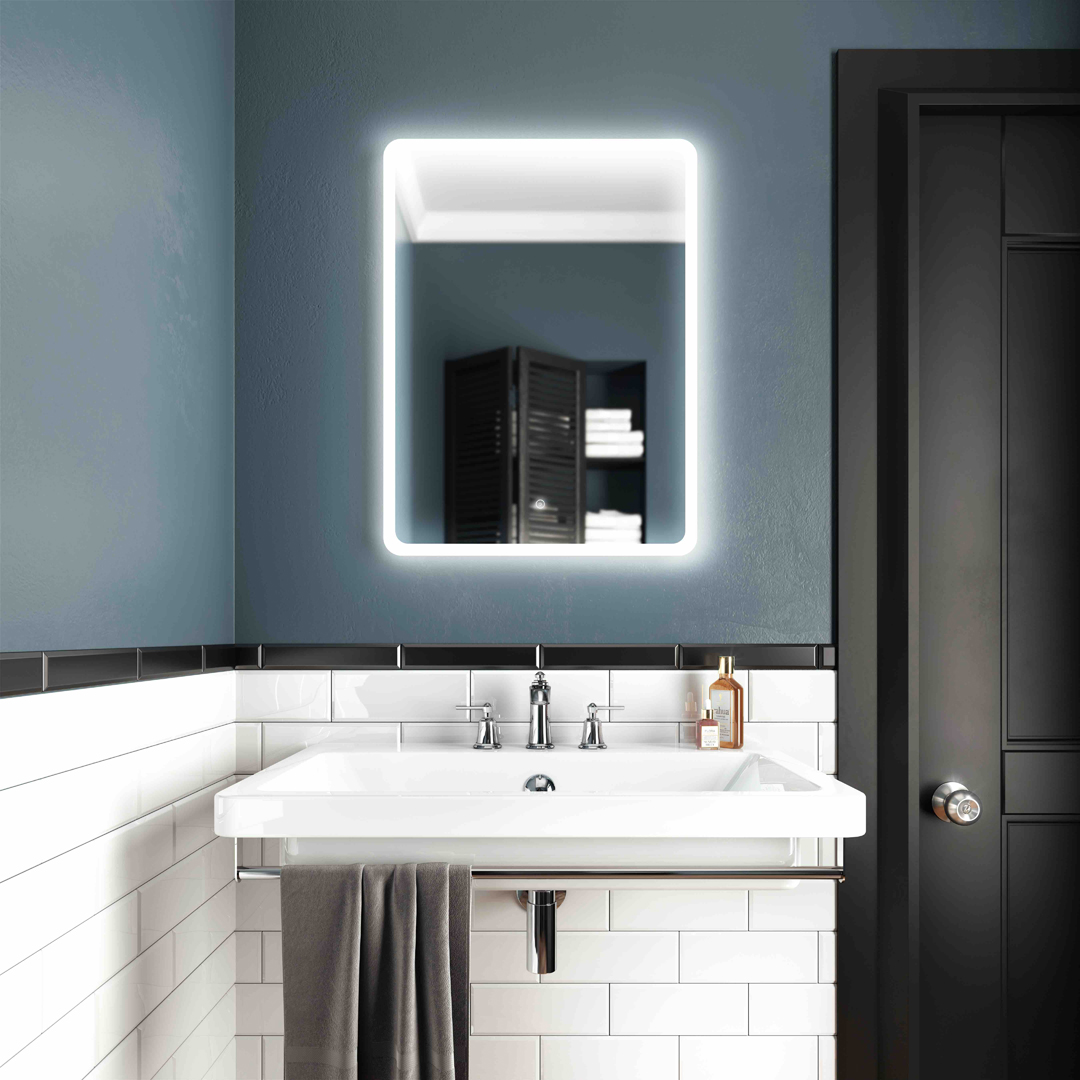
You said computer graphic?
Then there’s the fact that not everyone has the budget to cover everything a photo shoot entails, such as transporting the products, which comes with various physical constraints, then assembling and dismantling them, and finally the task of retouching the photos which requires a great deal of work in the post-production stage and is not always taken into account in the quote. Obviously, we always hope that the conditions during the photo shoot will be so perfect that the retouching stage will be both swift and cost-effective
Do any of these issues ring a bell?
3D technology has improved so much over the past few years that all these problems have become non-existent when working with computer-generated imagery. The issues we have just discussed can all be easily resolved thanks to photorealistic 3D rendering.
You only get one chance to make a great first impression and that’s why it’s important to start off on the right foot.
It is impossible to accurately predict or fully anticipate how an object will reflect light once it’s placed in a photo studio. With 3D rendering however, you can envision everything, change your mind whenever you want to and try out various different things. Plus, you’ll be able to do away with all the hassles of a photo shoot.
OPTIMUM CONTROL OF REFLECTIONS ON OBJECTS
The main objective of photorealistic 3D rendering is to improve how customers perceive your product. With 3D imagery, it’s very easy to control reflections and therefore control the overall appearance of your products so that they accurately reflect reality and the way a client will see them in everyday life, once they’ve been installed concretely.
A RENDERING OF MATERIALS THAT FAR SURPASSES PHOTOGRAPHY
Using 3D imagery to render reflective objects allows us to defy the laws of physics – which we have no option but to respect with photography – and, due to the absence of any physical constraints, we can also seize every opportunity to enhance and highlight these objects by deleting lights, eliminating reflections, elevating objects and so forth.
What’s more, because of the camera lenses used for taking pictures, photography has inherent technical constraints. A camera lens is incapable of properly responding to all the different kinds of natural light and as a result the photograph will contain certain flaws, flaws that are caused by the lens. This effect can be seen in the thin colored lines that appear around the edges of photographed objects that aren’t visible to the naked eye during the shoot but were created entirely when the picture was taken. These defects, which are better known as “chromatic aberrations,” are virtually impossible to remove in the post-production stage.
These imperfections are caused by the lenses used in photography and can be fully controlled when working with 3D imagery.
A RANGE OF APPLICATIONS
The types of issues encountered vary depending on whether the manufactured product is made of chrome, ceramic, glossy fabrics, polished glass or smooth stone.
Here are the different 3D applications for reflective objects:
- – Materials
- – Stainless steel and aluminum
- – Shiny textures (wallpaper, ceramic, marble, leather, paint, etc.)
- – Mirrors
- – Lamps and light fixtures
- – Water, swimming pools and fountains
- – Flooring
TYPES OF ISSUES WITH REFLECTIONS
- Glints of light aren’t depicted the same way from one reflective object to the next. It all depends on if an object is smooth, polished or glossy. The key properties of materials are:
- – More or less smooth
- – More or less glossy (vs Mat)
- – More or less reflective (mirrors having the greatest reflection)
These properties differ from those associated with textures, which are in themselves, another important challenge when creating a photorealistic 3D rendering.
SELLING REFLECTIVE OBJECTS BEFORE THEY’VE EVEN BEEN PHYSICALLY CREATED
Another undeniable advantage is that you can start marketing your products before they even physically exist. This means that you can already start planning your marketing campaign before the production process for your product has been launched.
Filed under: Communication / Marketing, Making-of, Photorealism, Publicity.
Read more
View all posts

